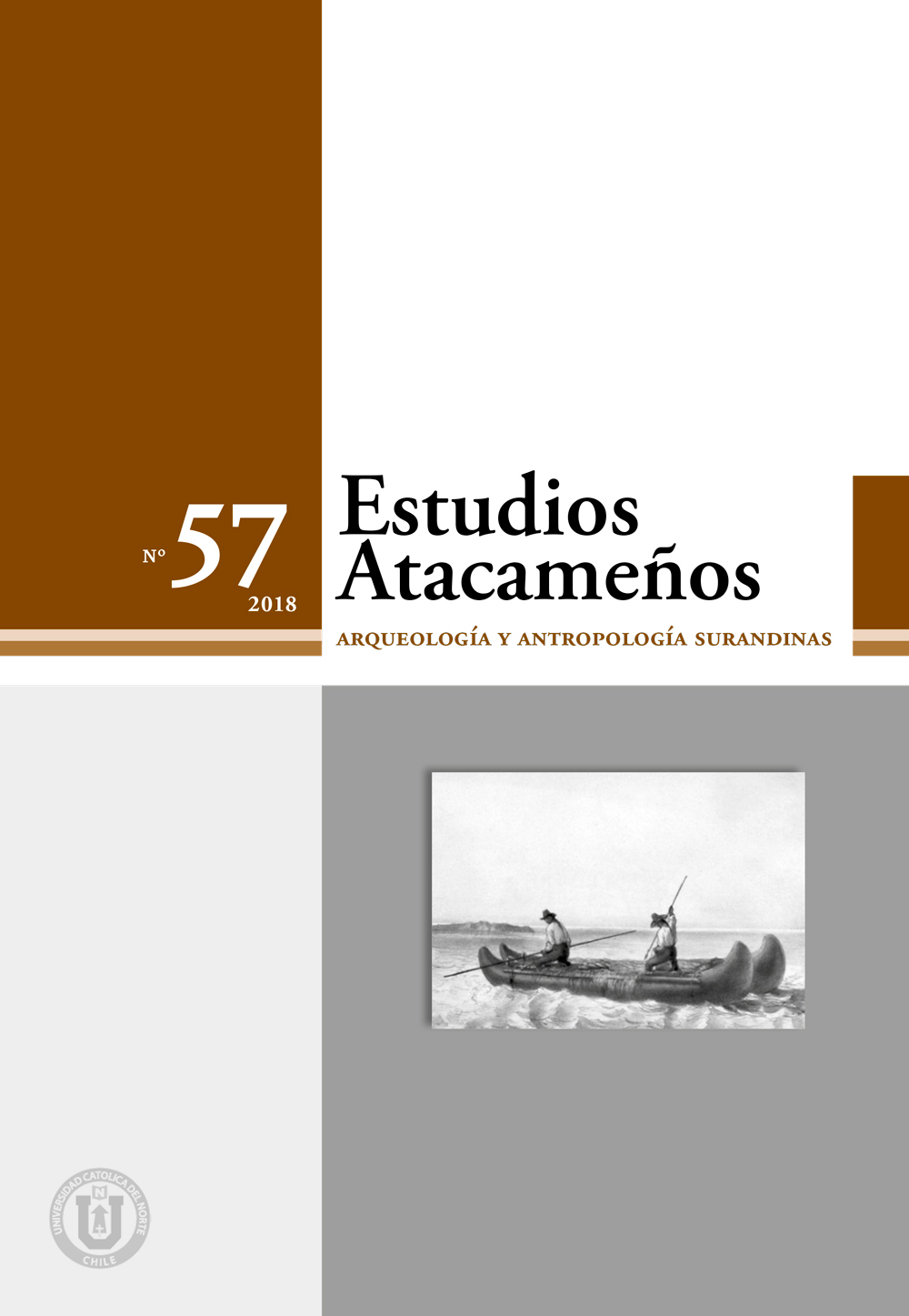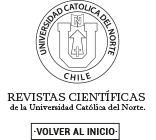Harpoon technology in the Atacama desert coast, northern Chile
Abstract
Marine hunting was an essential activity in the way of life of the Atacama Desert littoral inhabitants, at northern Chile. A pillar in their social structure that was based in the material means to realize it, as boats and their sophisticated harpoon device, resting in the last the possibility of capture and drag mainland preys that substantially outweigh the hunter. Currently the knowledge of harpooning is scarce in archaeology. For this reason we will delve
in their morphology, composition, technical qualities, instrumental diversity, and chronology
from a 129 harpoon heads sample from different prehistoric periods (6500 cal BP to colony). We will begin conceptually defining the harpoon function, followed by a first typological exercise to order the multiplicity of forms and solutions in a global scale to place the analyzed specimens. In a second typological exercise we will classify the local expression diversity, differentiating them materially and placing them chronologically. Only after this necessary classificatory stage we can approach to their harpoon technology, the hunter role as a social
subject, and the position of hunting in the littoral society.
Downloads
Downloads
Published
Issue
Section
License

This work is licensed under a Creative Commons Attribution 4.0 International License.

All works published in Revista Estudios Atacameños (ISSN on line:0718-1043) Revista Estudios Atacameños Creative Commons International 4.0 attribution (CC BY 4.0) licence.
Authors remain the owners of their work and may republish their articles elsewhere without having to request permission, as long as they indicate that the work was originally published in Revista Estudios Atacameños (ISSN on liine:0718-1043).












